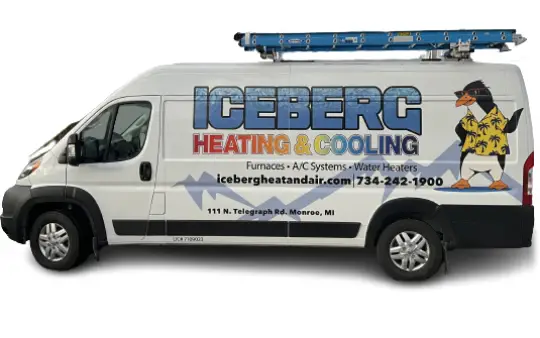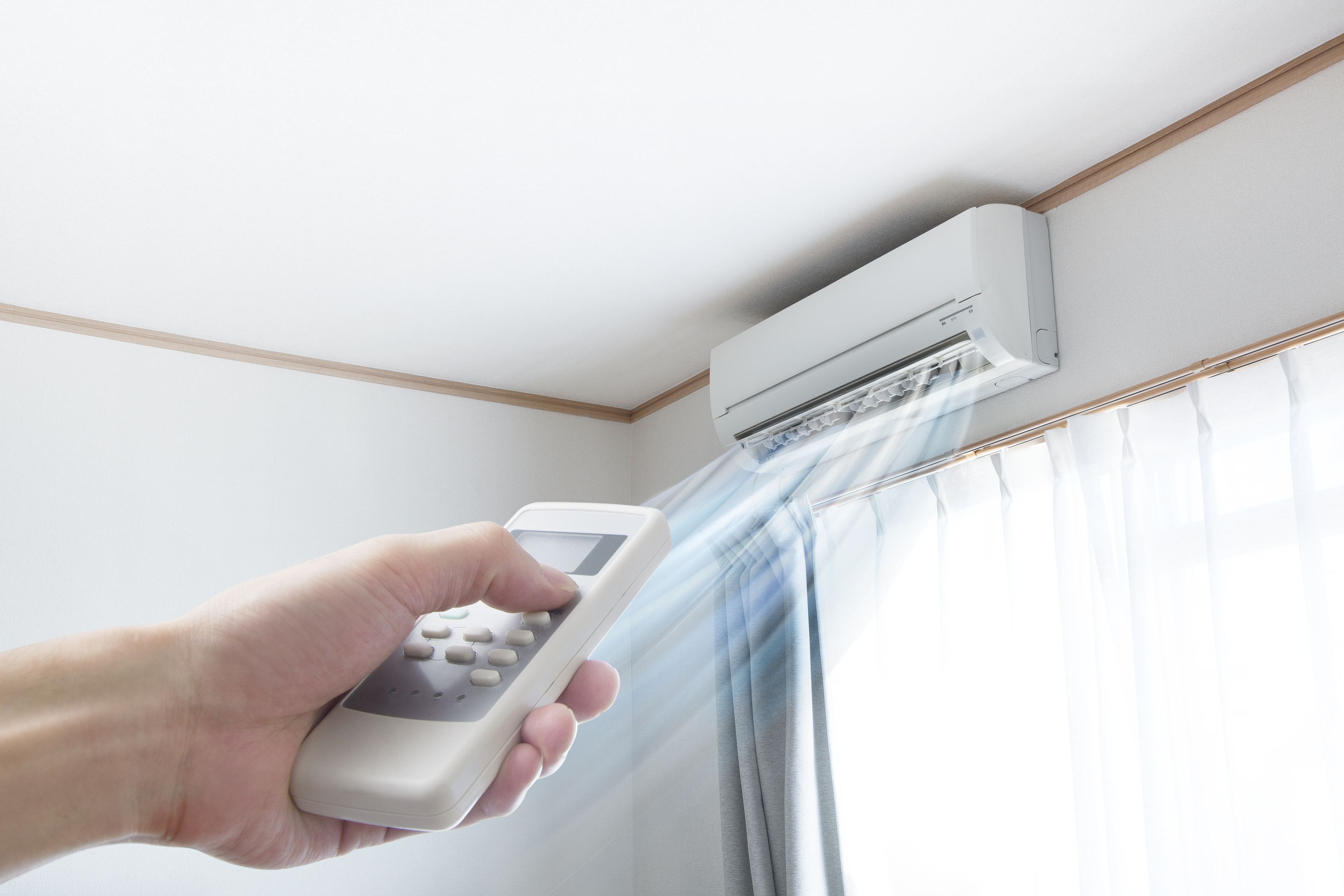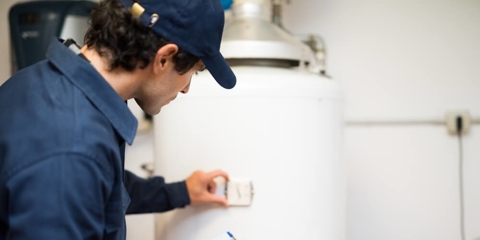3 Types of Thermostats for Your Home
How many different types of thermostats can you name off the top of your head? Probably not as many as you should. Knowing the different types of thermostats is important, especially if you plan on installing a new one in your Monroe home.
Thermostats are used to control your heating and cooling, which accounts for 48% of your home’s energy consumption. Therefore, choosing the right type of thermostat to fit your needs can make it easier for you to maintain energy efficiency with your HVAC system.
Iceberg Heating & Cooling would like to discuss the 3 available thermostat types for your home. But before we go over these different types, we’d like to first discuss the two variations in terms of operation: line-voltage and low-voltage.
Line-Voltage and Low-Voltage Thermostats
Before choosing the right type of thermostat for your home, you’ll want to know if your current thermostat is a line-voltage or low-voltage.
Line-voltage thermostats are used for HVAC systems that require direct electrical power. You can find these being used for systems such as wall heaters or baseboard heaters. Line-voltage thermostats can be identified by examining their backside. If there’s only 2 or 4 wires connected to the thermostat, chances are it’s a line-voltage.
Low-voltage thermostats are used for whole-home systems such as furnaces, boilers, central ACs, or heat pumps. Since they’re not directly feeding electricity compared to a line-voltage, they operate on less electricity. These thermostats can be identified by the 6 wires located on their backside.
Now that you’re aware of the difference in these two variations, we can discuss the different types of thermostats available.
Non-Programmable Thermostats
Non-programmable thermostats provide only the basic functionalities of a thermostat. They’re used to control your heating and cooling, as well as display temperature of both your HVAC setting and home temperature.
While non-programmable thermostats are usually the cheapest type of thermostat available, their lack of advanced functionality can make it difficult to maintain an adequate energy efficiency. You may not be able to schedule temperatures, make it learn from previous usage, or other settings that help improve energy efficiency.
Programmable Thermostats
Programmable thermostats allow you to schedule the times in which your HVAC system will reach a certain temperature. Usually this can be done for every day of the week, which allows you to set a customized schedule for heating or cooling.
Programmable thermostats can offer immense benefits, which helps justify their more expensive cost. They can help improve your energy efficiency, as you can schedule your HVAC system to power down while you’re at work or out of the house. Additionally, they allow your HVAC system to be more optimized when performing, as adequate time for adjusting can be given through scheduling.
Smart (Learning) Thermostats
Smart thermostats can perform the same functionality as programmable thermostats, but with several added bonuses. The most notable being its ability to learn your preferred heating and cooling times and automatically adjust to better suit your needs.
Once you first program a smart thermostat, it will begin to perform like any other programmable thermostat. However, it will start to learn more specific patterns accustomed to your usage and adjust its setting accordingly. Certain types of smart thermostats can learn by having a motion sensor that detects when someone is home, which will alert them to change the temperature.
Aside from its learning function, smart thermostats also come with additional features. Things such as touch-screen display and Wi-Fi capability are also available with certain designs.
Learn more about the different types of thermostats by following this guide! And when you’re ready to install a new thermostat in your Monroe home, contact
Iceberg Heating & Cooling Today! Give us a call at
734-342-3420 for our
thermostat services.




